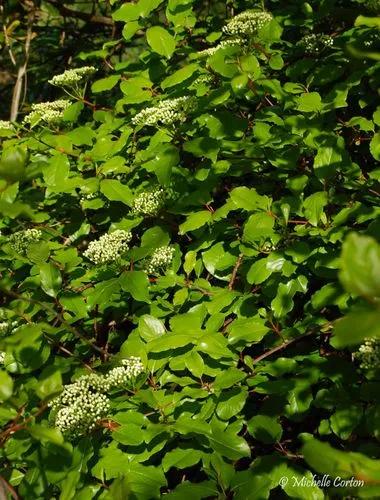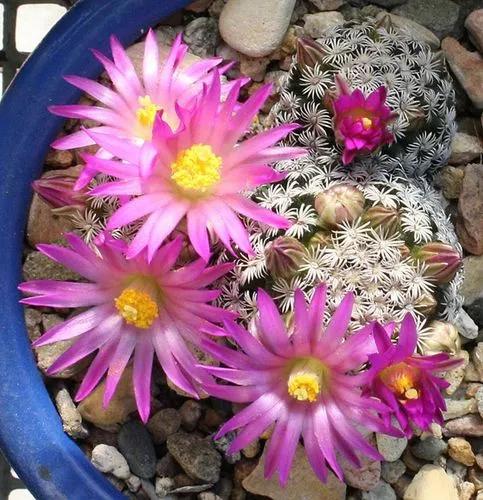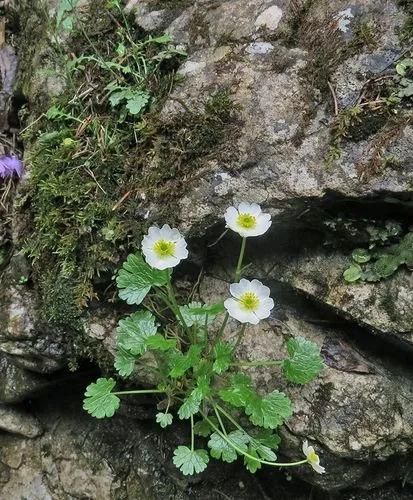Winter Jasmine says it all with its name. While most plants go dormant during winter, this little treasure will keep the joy in the garden during winter time. This one is easy-care, so you don’t have to worry too much. It can tolerate lots of types of soil, so just find a nice spot for it and let the magic happen.
Winter Jasmine Care
Jasminum nudiflorum



Winter Jasmine grows arch-like vines with star-shaped flowers in bright yellow that have a subtle sweet moss scent. It is originally from China, Shanghai where it received the name Yingchun, meaning ‘the flower that welcomes spring’. It can be trimmed to grow in bushes along the pathways, but the real beauty of it lies in the long vines that can decorate walls or fences of the gardens.
How to Care for the Plant

Water

Let the soil stay slightly moist but well-drained at all times. Try to water only when 1 inch (2 cm) of the surface of the soil is dry.

Pruning

After flowering is complete in early spring, you can prune the flowers to regenerate the plant. Don’t prune later in the year, as you might remove the spots where the next years’ flowers will bloom. Depending on the aspect that you prefer for the plant, you can cut the lower vines that sprout wildly to keep it a clean appearance, as the plant can easily get invasive.

Fertilizer

Winter Jasmine does well on its own, but if you want to encourage more flowers on it, you can add a mild fertilizer with acid and iron once a month in the growing season.

Sunlight

The plant grows in sunny spots, so you can keep it in direct sun and sun-facing walls without worrying too much about it.

Soil

Although this plant is not very pretentious when it comes to soil and it can resist drought periods, it prefers well-drained soil that is sandy or clay-like.

Propagation

Winter Jasmine does propagate by itself from soil-touching stems, but its ways might not align with your landscaping ideas. To keep the propagation under control, you can propagate with cuttings that you take from semi-hardwood. Place them directly into well-drained soil, and the roots will shortly form. Alternatively, you can work together with the plant and separate the new offspring from the main plant and plant in a new spot. Make sure you also include the roots.

Temperature

The name of the plant might be suggestive, but make sure you keep the plant away from frost. Although it can resist snowy weather and low temperatures, long exposure to frost can cause the flowers to die away. The lowest acceptable temperature is between 10˚F (-12˚C), so if you live in an area with extended cold temperature periods, consider keeping the plant in a pot and bringing it to an inside place where the plant is still cool, but not freezing.

Container

Winter Jasmine is planted directly in the soil in most cases, but you can also grow it in a container. Just make sure you don’t get too attached to a nicely-decorated container, as this plant grows roots from the stems that touch the soil and will expand rapidly over the sides of the pot. If you want to grow the plant over a wall, dig a hole first where you place the plant, cover it up with soil and provide a stick for support.

Fun fact

This Jasmine plant is also known as “naked plant” as it blooms before the leaves grow in the cold months of the year.

Popularity

594 people already have this plant 123 people have added this plant to their wishlists

Common pests

Luckily, this plant is almost pest free; it rarely develops mealybugs and aphids by contamination, but using an insecticide will easily sweep them away.

Frequent diseases


Botanist’s tips

Discover more plants with the list below
Popular articles






